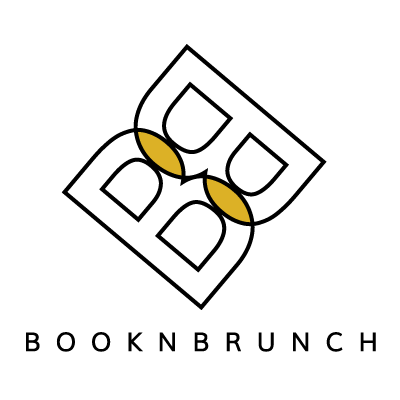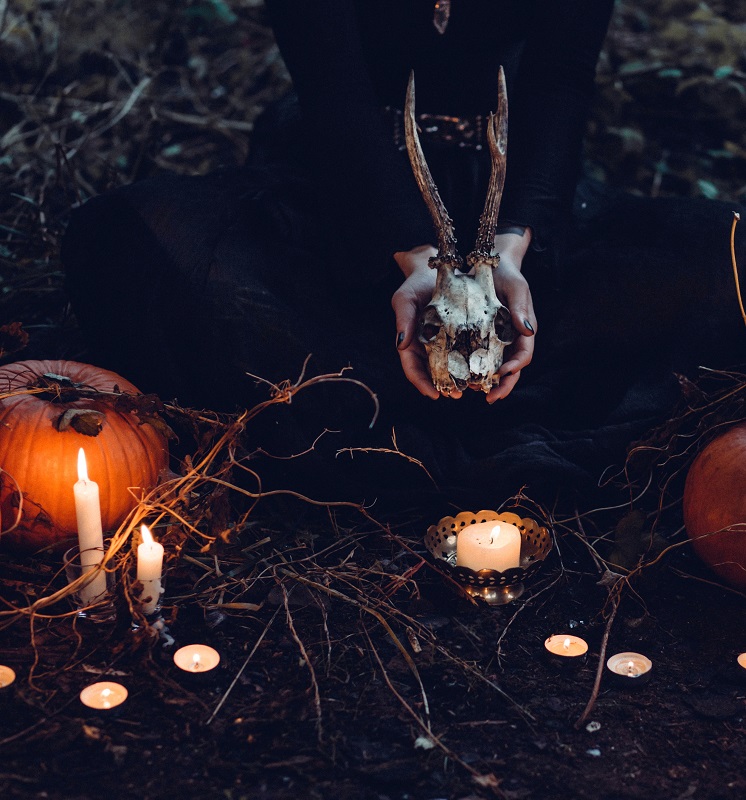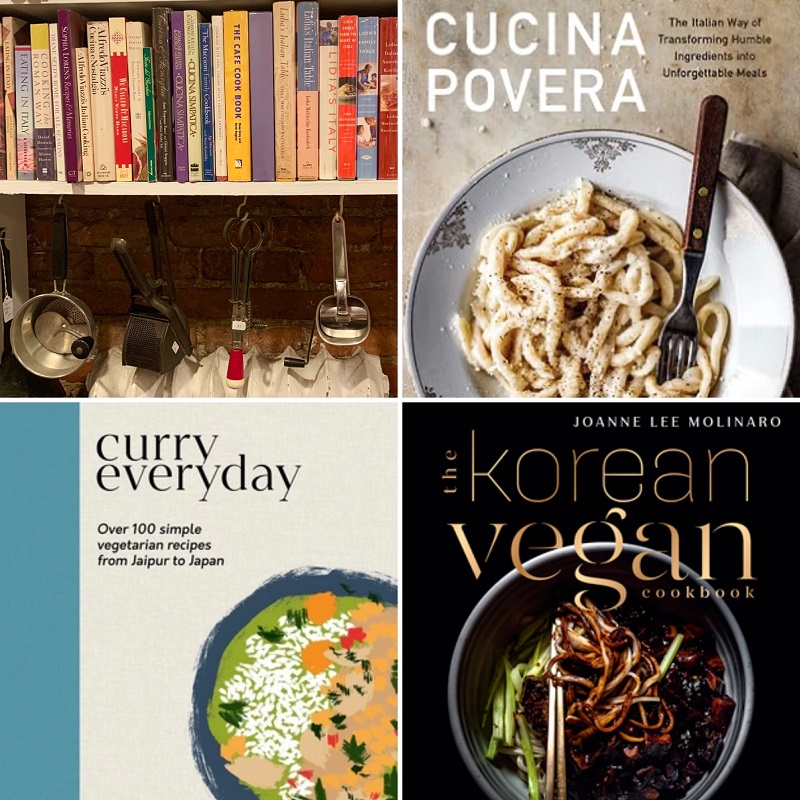Immigration, Migration, and Belonging with Madhushree Ghosh
The Journey Across the World Begins in the Kitchen
Food is a powerful vehicle for physical nourishment and community building. But, if you’re Madhushree Ghosh, it’s also a form of activism, a way to speak out about important societal issues. Not only does she understand the power that a meal (and cooking together) provides, but as an immigrant, she understands that when people are forced to uproot from the home they’ve always known, they unequivocally bring along their customs and traditions surrounding what they eat and the stories they tell. But not every immigrant family has an official family cookbook to bring along. Thus, they rely on their memory of how certain dishes were made. And as a result, create new memories in their new homeland, building upon the dishes they’ve always known to keep the traditions alive.
For Madhushree, this was no different. Her parents moved to India from Bangladesh before the country officially became independent. She grew up in Chittaranjan Park, a Bengali neighborhood of New Delhi, India. Three decades ago, in 1993, she immigrated to America for graduate school, and eventually earned her masters and Ph.D. in biochemistry at Stony Brook University and the University of Maryland, respectively, followed by a postdoctoral fellowship at Johns Hopkins University. Since then, she’s been an unstoppable force not only in the world of science but in the writing community as well. She’s earned quite a few accolades, one of which was a Notable Mention in Best American Essays in Food in 2020, which she adapted into a new book that came out this month called Khabaar: An Immigrant Journey of Food, Memory and Family, a collection of nonfiction essays exploring the ways in which food brings people together, form bonds, and ultimately how that shapes their sense of identity and belonging when they move to a new country. Khabaar is a food memoir, a personal narrative, and was named one of the most anticipated books by Ms. Magazine and Brown Girl Bookshelf, amongst other media outlets.
Indeed, when I chatted with Madhushree recently, I got the feeling that this is her most exciting work yet. It is, after all, her first book, but it’s more than that. It’s a book that looks at immigration, migration, and indenture through the lens of food and cooking. In many ways, food brings people together but it can also tear them apart. Through systems set in place that promote racism, indentured servitude, and poorly adapted recipes, she tells various stories about chefs, food stall owners, and home cooks. Madhushree is a gifted storyteller whose talents go beyond cooking and writing about food. She also writes about science, being an immigrant, and her identity both as a writer and a woman of color in science. From her San Diego kitchen, she told me about how she grew up in a strong community of social activists, who were quite political and passionate about their beliefs, and would often demonstrate that in various ways. Her passion for writing came early on because she came from a family of journalists who weren’t afraid to speak out and tell stories.
At 51, she’s confident in her own skin, and it shines through in her smile and the way she talks about family, food, and cooking as well as her (very important) day job as an oncology diagnostics strategist. I’m so excited to have discovered Madhushree. For me, and many of us who have formed connections through writing about food, Madhushree is definitely one to watch.
On Writing a Food Memoir
Tell us a bit about your journey to becoming an author. Was this the career you always knew you wanted?
I come from a family of journalists, actually. My mother’s family was in print journalism;they were editors at The Statesman, and my parents came over to India from what’s now Bangladesh in 1947, decades before Bangladesh became an independent country. The region I grew up in was known to be politically driven & literature-focused, so I grew up listening to conversations about social justice issues; it was always a topic of conversation. I published really bad poetry when I was young. Luckily, I was good at science, so I went to school for that. I was the first girl in the Ghosh family with a Ph.D. My main focus was to get a job and pay the bills. So I came to America for a graduate degree in biochemistry.
It was the early 90s by then. I was thousands of miles away from home and I felt homesick. So I started writing again to help me cope with the loneliness. At the same time, I was trying to grapple with the western way of getting published. I started writing fiction at first. I didn’t want to write nonfiction, but when my marriage fell apart ten years ago, I began to process it through a nonfiction lens and now here we are with my book. I’m hoping that the vulnerability I shared through my writing can help others feel less alone.
Now I have two careers, which is great. My day job as an oncology diagnostics strategist has me talking and negotiating with key stakeholders to ensure that patient care is their top priority, that there is transparency in clinical trials and such. I also write personal narratives and have been published in many outlets. I think that right now in the 21st century, we cannot define ourselves through one thing. We are multifaceted people. And I’m hoping that my words can make an impact.
What’s the best advice you’ve ever been given, with regards to careers and success?
I’m the queen of quotes and I love that quote by Dani Shapiro who said “Notice what you notice.” I use this a lot in my writing and my job. What it means is that you have to embrace deep observation. You can’t just look at the big picture, you have to look at the ways in which small details come into view. A lot of what I do in my day job is negotiation and the management of expectations. Both parties come with a set of them, and you have to learn to put yourself into others’ shoes. I feel like you can do that too in writing. When you’re struggling with a story, that means you haven’t reached the point of your character—you don’t know much about them yet. I know people do different things when they’re having writers’ block, but for me, cooking has always been a wonderful way to clear my head out. It helps me relax so I can think better. So that’s what I do whenever I struggle with my writing.
What books are on your reading list right now?
I’m reading quite a few books right now! Here, take a look [holds up a stack of books]. A great one is Crying in H Mart by Michelle Zauner. There’s also Tastes Like War by Grace M. Cho, Meatless Days by Sara Suleri Goodyear, The Cooking Gene Michael W. Twitty, and I’m also re-reading Bodywork by Melissa Febos.
When you’re writing–where do you write? What is the setting?
Before the pandemic, I was traveling 75% of the time so I was always writing on airplanes. I love writing on airplanes. It feels so nice when you’re up in the air, with no wi-fi, and many hours ahead of you. I’m an introvert, so I crave those alone times. To me, there’s better flow and more control over my work whenever I’m on a flight. Besides, a lot of my flights were usually longer domestic and sometimes international flights. Now, I write and work in the kitchen, and I love it too because my dog is usually next to me.
How have you been staying connected to your friends/family/community during COVID-19?
I have a group of friends whom I call “framily,” and we’ve known each other for decades. We’re a very multicultural group; we’re mostly middle-aged women but we come from all over the world. Every Friday evening we’d get together over Zoom just to connect. It was nice, but I still miss the physical touch. I’m a hugger by nature so throughout the pandemic, I was monitoring how many times I actually got hugged…it was a while, 64 weeks, to be exact. Anyway, we all got together in our pajamas because what else are we supposed to do? After ten weeks, I started wearing my sari instead of pajamas, just because it felt nice.
I also started highlighting women-owned businesses during the pandemic. There are a few businesses I support. One is called Suta, and they make really beautiful sarees; another is Parama, and they make blouses. Also, Khara Kapas make dresses I’ve been wearing for quite a few years now. Aside from that, I cook a lot at home, and I worked with community gardens and urban farmers, who helped me grow some stuff in my backyard.
Do you have exciting projects coming up? If so, please tell us.
Yes, I’m working on a podcast with Chef Surbhi Sahni from Tagmo in New York called “The Chaat” where we have conversations on food and feminism. “Chaat” means something savoury or fun to lick, and it can be spicy too. It’s coming out in a month. I’m also working with a few resource centers in different parts of the country doing book discussions and events. I had an event on April 13th in New York at the Center for Fiction, where my conversation on food, immigrant stories, and belonging was with the amazing authors and literary citizens, Mayukh Sen and Mira Jacob.
What is your dream brunch date? Where and with whom?
This is a tough one. Maybe Mayukh Sen and Mira Jacob. Since I did an event with them, it would be fantastic! If he were alive, it would be great to have brunch with Anthony Bourdain as well.
What is your ideal comfort food?
Definitely dal chawal, which is a lentil curry with rice, mung beans with ginger, garlic, turmeric and seasoned with cumin, green chillies, sauteed in clarified butter (called ghee) accompanied by a small dollop of spicy mango pickle.
Which authors inspire your work the most?
I love writers, especially women who use their words to bring about social justice and awareness of important issues. There are a few in particular whom I really admire. One of them is Arundhati Roy. She is a fearless leader, and I’ve always admired what she talks about. Overall, she’s an amazing activist and very passionate about people. It’s very admirable.
Another is the journalist Anjali Enjeti, who is a grassroots community organizer for They See Blue in Georgia. She’s also the author of Southbound and The Parted Earth. I’ve learned so much from her work.
Finally, there is the author Suchitra Vijayan, who founded The Polis Project, a research and journalism nonprofit that focuses on bringing in ideas that have been omitted from traditional media and author of Midnight’s Borders. Her work challenges the underrepresented, and I love that. And of course, Anthony Bourdain.
Want to know more about Madhushree? Check out her website for more of her writing, grab a copy of her (amazing!) book, and let us know here!




